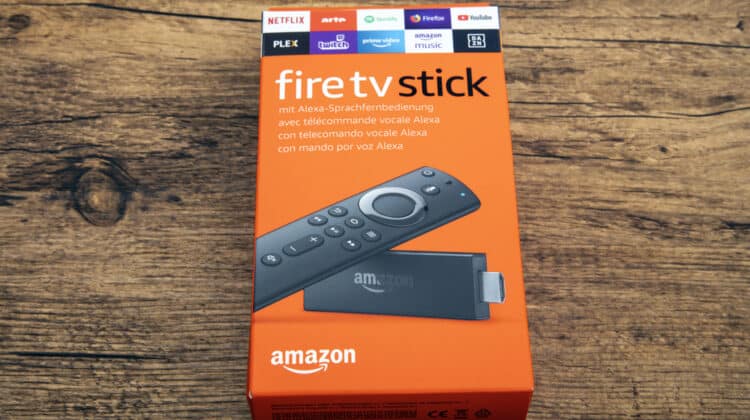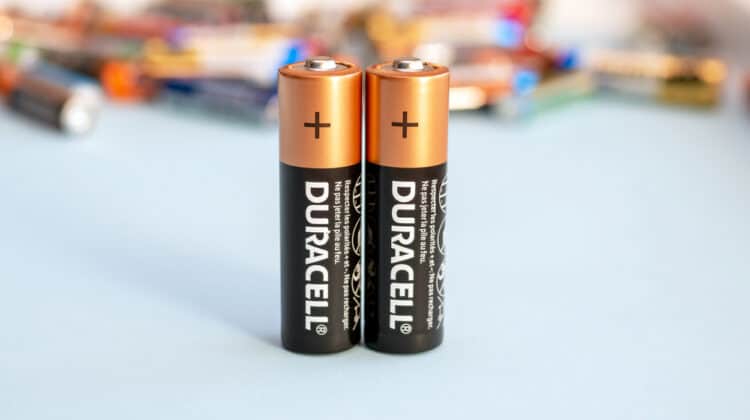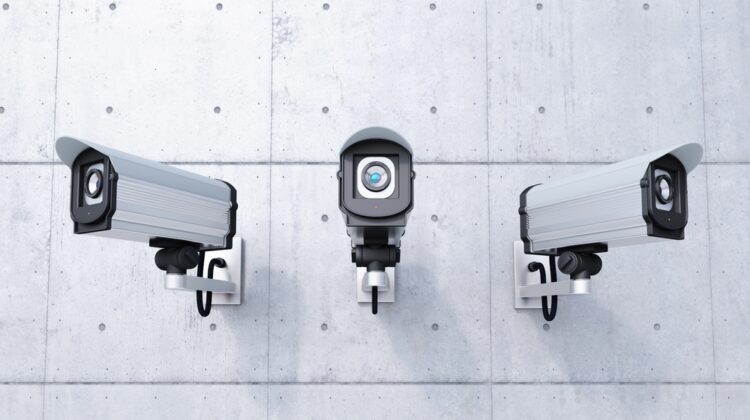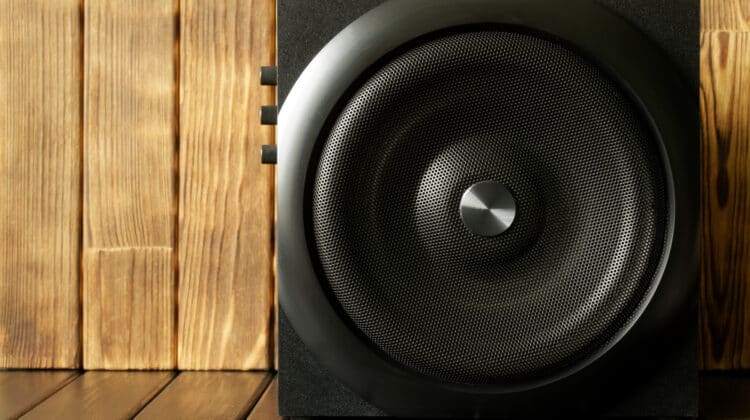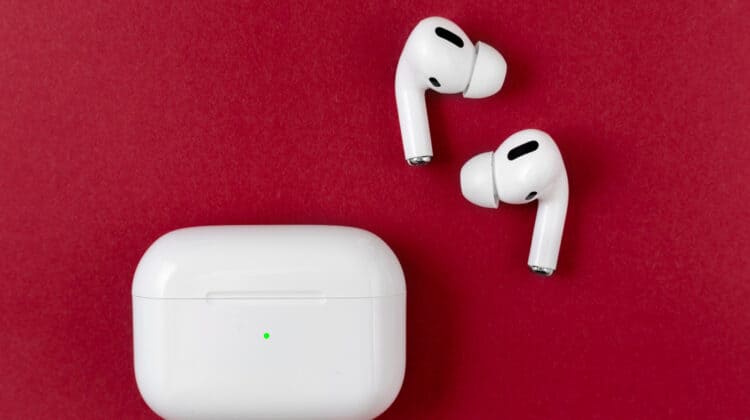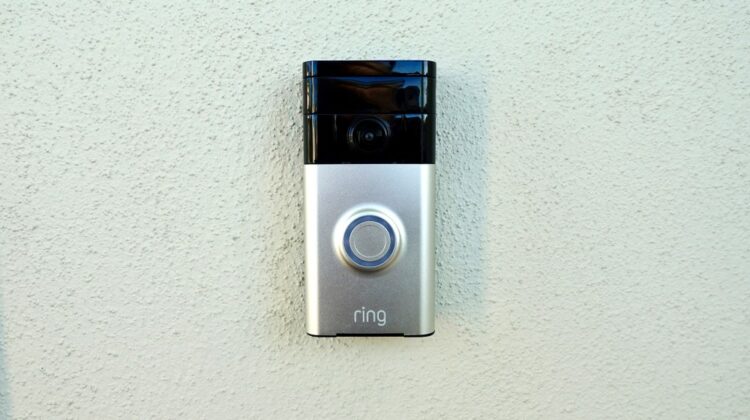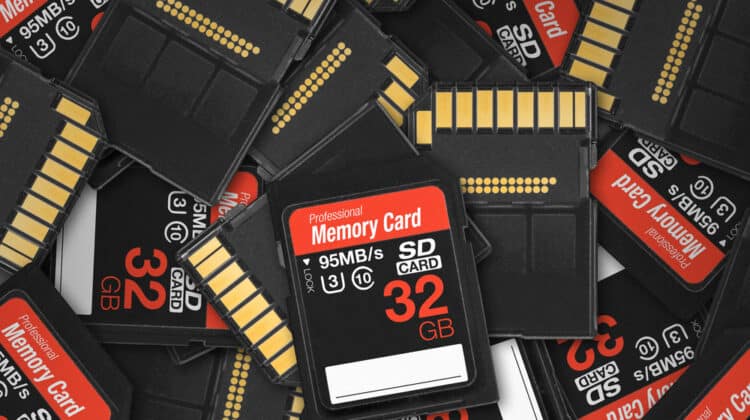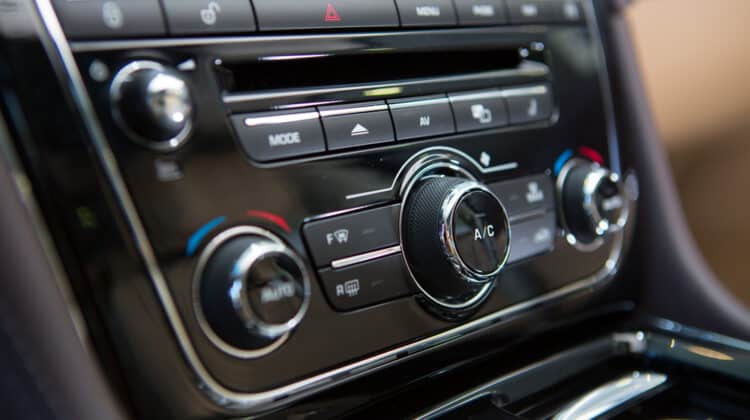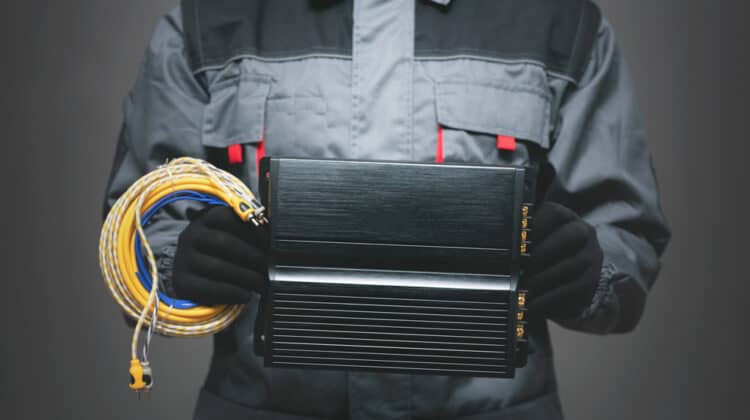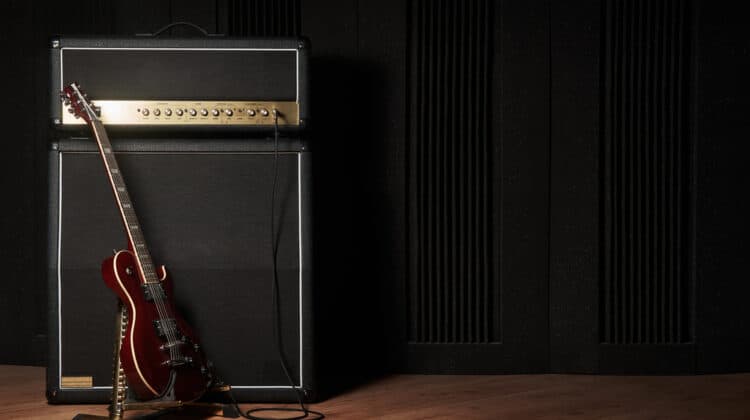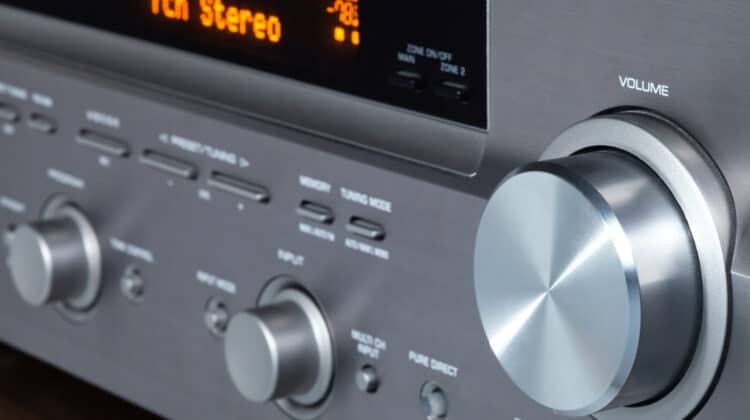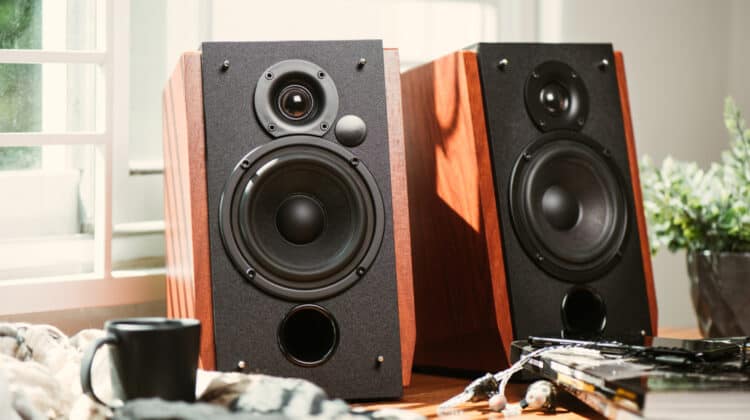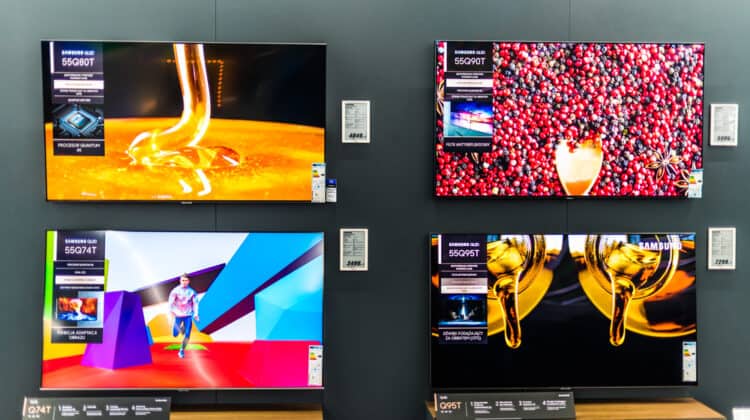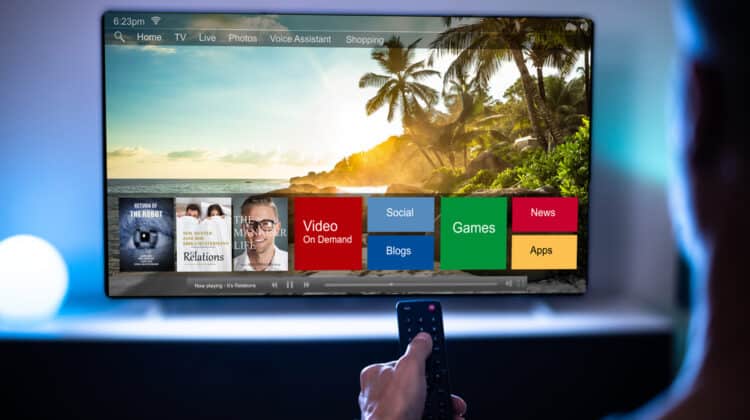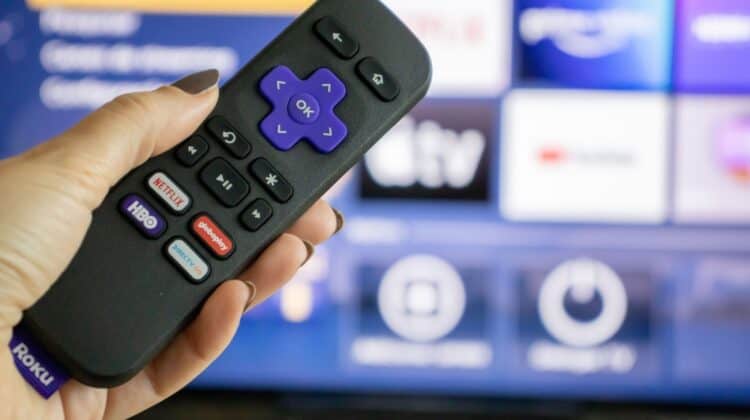
When you need to connect one device to another, you often need an HDMI cable.
HDMI cables transmit data from one source to the next.
Although they may seem cheap, they’re actually quite expensive and you may wonder what makes them so pricey.
Why Are HDMI Cables So Expensive? (10 Reasons)

The average price of an HDMI cable is around $20 with cheaper options costing $10 or less and expensive options costing $70 or more.
HDMI cables are expensive because of the precious metals used to make them, their length, the extra features the cable might have, and the fact that all cables do the same thing despite their prices.
Let’s look at these factors in more detail.
1. Gold Cap

More expensive HDMI cables tend to use gold caps.
Real gold is used to create the ends that plug into the devices.
Gold is a highly precious metal.
While it’s often used in jewelry, its use in industrial settings isn’t quite as common since it’s a soft metal.
Some HDMI cable manufacturers use gold to plate another material.
This means that a less expensive material is covered in a layer of gold.
The gold acts as a protective shield over the interior material.
In some cases, this can help the material last longer.
A problem some manufacturers have with their HDMI cables is that the caps oxidize.
If the ends are made of silver, for example, then oxidation can occur.
This makes the metal deteriorate which means the HDMI cable may stop working properly.
A gold cap lasts far longer since it doesn’t oxidize.
The problem with using gold is that it’s expensive.
It’s real gold, and even if it is just being used as plating, it is still not cheap.
HDMI cables that use real gold are going to be more expensive since the manufacturer must make up for the cost of using gold.
HDMI cables are expensive when they use gold caps because gold is a very expensive material.
2. Silver Costs

While some HDMI cables have gold caps, other cables have silver caps.
Silver is a bit less expensive than gold, but it’s still quite an expensive precious metal overall.
Silver is highly conductive which makes it easier for the cable to transmit data across a distance.
Because it’s so conductive, longer cables might have an easier time quickly transmitting data over such a distance.
While there’s a clear benefit of silver being used in HDMI cables, it also makes the cable quite expensive.
For one, silver is a precious metal like gold.
Although it isn’t as valuable as gold, it still has a high price on it.
As such, if a manufacturer uses silver, then it’s going to have higher production costs.
To offset those costs, the manufacturer has to sell the cable at a higher price.
However, there’s also a problem with silver being used in HDMI cables.
Silver is capable of oxidizing.
This occurs when sulfur in the air reacts with silver.
It makes it turn black.
Polishing silver helps, but any time it oxidizes, there is some silver lost in the process.
You can’t always access the silver parts inside an HDMI cord.
While this can help protect the silver, it also means that if it’s tarnishing, you can’t see it or polish it.
As such, your HDMI cable may not last too long.
You may have to buy several cords over the years which can add up.
HDMI cables are expensive because silver is expensive and tarnishes when exposed to the air over time.
3. Copper Costs

A final metal that can sometimes be used to make HDMI cables is copper.
Copper is certainly cheaper than either silver or gold, but its price can fluctuate.
Copper is a material that’s in high demand across many industries.
It’s useful in plumbing, heating and cooling, and in various electronics.
That’s because copper is another highly conductive material.
When used in HDMI cables, it also helps speed up the process of transmitting data.
Since it plays an integral part in HDMI cables, manufacturers tend to source a lot of copper.
However, the high demand for copper across several markets tends to make the price of copper a bit high.
That’s especially true during times when the copper supply isn’t as high as it normally is.
When the supply can’t quite meet demand, the price skyrockets.
Copper prices can be volatile.
If something occurs that disrupts the supply chain, then copper prices increase.
HDMI manufacturers end up with higher costs since they have to source copper.
They sell HDMI cables at higher prices to offset their costs.
HDMI cables are expensive because copper prices can sometimes become quite high.
4. Certification Costs

Because of how important HDMI cables are in some industries, certain standards are essential.
That’s why you’ll sometimes find HDMI cables that have certification.
There’s only one organization that certifies HDMI cables.
It’s called HDMI Licensing Administrator, Inc.
The company sets the standards for HDMI cables as well as the specifications for certain types of HDMI cables.
Companies that want to produce HDMI cables must comply with the rules that it sets.
If the company wants to use the labeling or logos that claim its cables are certified, then it needs to pass certification.
There are several different tests that a company can use to certify its cables.
Not every HDMI cable is exactly the same, after all.
Some come with ethernet cables while others focus on 4k transmission.
The HDMI Licensing Administrator has programs for each version.
The trouble with certified HDMI cables is that they’re more expensive.
For one, it costs the company a bit more money to certify its cables.
It has to ensure that its cables fit the specifications and requirements exactly.
That means the company might need to spend a bit more money on its manufacturing than it might like.
Certification also adds value to the product.
Consumers are more likely to buy a certified HDMI cable even if it costs more because it means the cable is more reliable.
They trust it more.
HDMI cables are expensive because the certification can make them costlier to manufacture and adds value to the product.
5. Cable Length

The length of an HDMI cable can also determine its price.
Essentially, the longer the cable is, the more expensive it is.
This is because more materials are used in the production of longer cables.
The manufacturer has to use more materials to extend the cable.
If it’s using silver or copper, then those prices are going to increase.
Everything becomes more expensive.
Longer HDMI cables also have added value.
If a consumer needs a long cable because their two devices are far from one another, then they’re going to be willing to pay more money for a long HDMI cable.
It solves the problem they have without requiring them to do more work to connect the two devices.
It keeps them from having to move the devices closer together, for example.
It also helps them avoid having to buy another device that allows them to connect two shorter HDMI cables.
A longer HDMI cable solves their problem in a more convenient way.
That convenience comes at a higher price.
HDMI cables are expensive because longer cables require more materials and are more convenient to use.
6. Exterior Sheath Materials

The sheath that surrounds the HDMI cable can also increase its production costs.
It all depends on what it’s made of.
Some companies will use a type of plastic for the sheathing material.
Plastic is a bit less expensive than some materials, and depending on the quality, it might last a long time or fall apart almost immediately.
Plastic sheathing can crack or face other problems.
Some companies will use metal sheathing to ensure that their HDMI cables last.
Some companies also make HDMI cables that are able to go outside.
The sheathing for these cables is typically made of waterproof materials.
The more expensive the sheathing is, the more expensive the manufacturing is.
As such, the price of the HDMI cable tends to be more expensive.
HDMI cables are expensive because of the materials used in their exterior sheathing.
7. Ethernet Addition

Some HDMI cables also come with an ethernet cable that runs through them.
This allows you to run video, audio, and ethernet to a device.
That can be extremely helpful for making certain devices run faster.
Ethernet cables can help make transmitting data a lot faster than using signals from Wi-Fi.
You might find that your gaming console, PC, or even your smart TV runs a lot faster as a result.
The problem with an ethernet cable is that it adds manufacturing costs to the HDMI cable.
The company basically has to make two different products and then combine them.
You’re buying two different things in one package.
There’s also more value in an HDMI cable that also has an ethernet cable with it.
Since some people are willing to pay more for a product like that, the price remains high.
HDMI cables are expensive because having an ethernet cable running through them increases the manufacturing costs.
8. Markup Prices

There’s no question that markup prices also play a factor in making HDMI cables expensive.
Manufacturers may sell their products to a store for a certain amount, then suggest a lower price than most stores find appealing.
Stores want to make a profit, after all.
Since some HDMI cables have useful and unique features, the store can mark their prices up significantly.
Ethernet HDMI cables, for example, offer the advantage of transferring ethernet, audio, and video data at a fast pace.
They seem very valuable.
Stores are then able to mark up the price based on the perceived value.
HDMI cables are expensive because markup prices can be quite high.
9. Long-Lasting

Another reason HDMI cables are expensive is that they can last a long time.
Under the right circumstances and with proper care, your HDMI cable can last for years.
The only reason you might need to replace it is if your electronics have improved.
You may have a 1080 HDMI cable that you need to replace because you bought a 4K TV.
Otherwise, in most cases, your HDMI cable is going to last.
Since it lasts a long time, you may not often be in the market for a new cable.
As such, HDMI companies need to make as much money as possible on the cables they do sell.
The company can’t rely on quick repeat sales from the same customer.
HDMI cables are expensive because they last a long time.
10. High Cost Despite Same Performance

A final reason HDMI cables are expensive is that they all perform basically the same no matter the price.
All HDMI cables are going to transmit data.
Some are better at doing so across long distances based on the materials they are made from.
In the end, however, HDMI cables don’t produce better picture clarity or colors solely because they are expensive.
That’s because the result is determined by the actual electronic device.
For example, if you have a 1080 TV and use a 4K HDMI cable, it isn’t going to magically make your TV a 4K TV.
Your TV’s picture capabilities stop at 1080.
As such, the capability of expensive HDMI cables isn’t really any better than cheap HDMI cables.
This makes HDMI cables expensive because some people pay more but don’t get better quality than they would with cheaper cables.
NEXT: Why Are Klipsch Speakers So Expensive? (10 Reasons)


